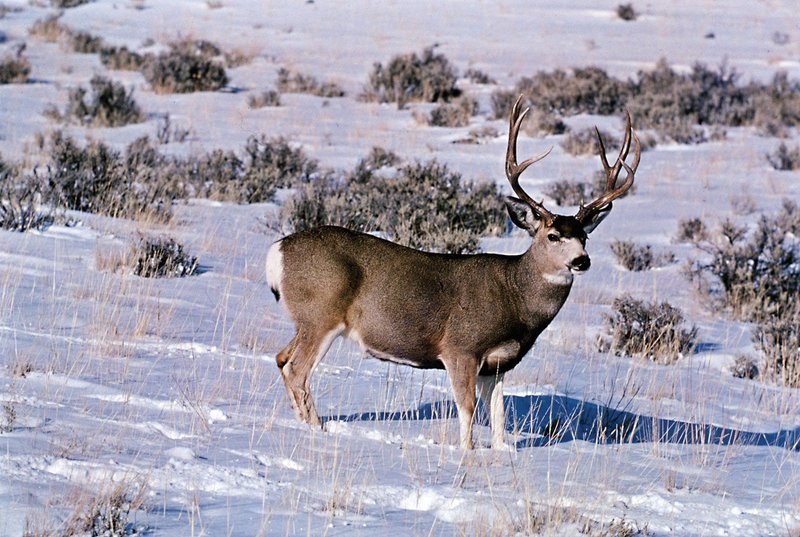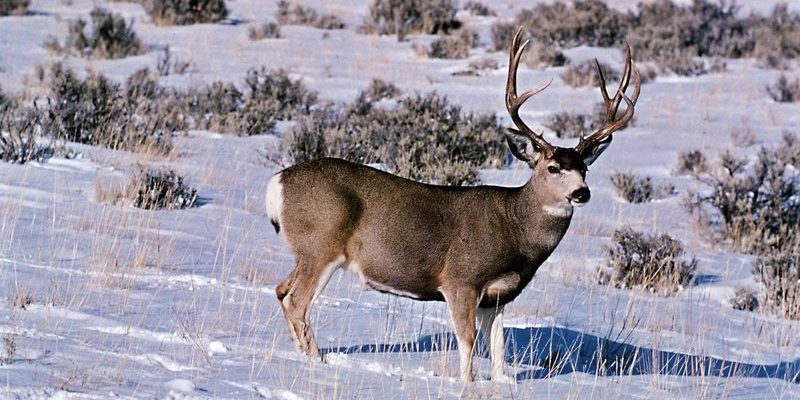
Mule deer are stunning animals that roam various terrains across North America. With their large ears and beautiful, seasonal coats, they can be a sight to behold. But as enchanting as they are, these creatures have their own behaviors and needs, which means knowing how to interact with them is important. Just like knowing what to do with a remote control can save you from a movie night disaster, understanding how to handle a deer encounter can keep both you and the deer safe.
Stay Calm and Assess the Situation
When you first spot a mule deer, it’s crucial to stay calm. Honestly, deer are usually more scared of you than you are of them. Take a moment to assess the situation—how far away is the deer, and is it aware of your presence? If it’s casually grazing and hasn’t noticed you, you might have a beautiful view without any need for action.
If the deer spots you, it may stop and stare. This is a common behavior, and it often means they’re trying to figure out whether you’re a threat or not. You should remain still and quiet, as sudden movements can startle the animal. Remember, it’s not a scene from a nature documentary; you are a part of the ecosystem, and keeping calm helps maintain that balance.
Keep Your Distance
No matter how tempting it is to approach or pet the deer, it’s vital to keep your distance. Mule deer are wild animals, and while they may look friendly, they can react unpredictably if they feel cornered or threatened. A good rule of thumb is to stay at least 50 yards away. This distance gives you the opportunity to enjoy the view without encroaching on their space.
Why does distance matter? Well, it’s not just for your safety; it’s also for the deer’s wellbeing. Approaching them can cause stress and disrupt their natural behaviors, such as feeding or resting. Think of it like this: if someone walked too close to you while you were having a peaceful moment, you’d probably feel a bit uncomfortable too.
Observe from a Safe Spot
Once you’ve decided to keep your distance, find a comfortable spot to observe the deer. You might sit on a nearby rock or a fallen tree. This allows you to enjoy watching the mule deer in its natural habitat without being intrusive. Plus, it provides a unique opportunity to witness their behaviors, like feeding or interacting with other deer.
Sometimes, deer will even engage in playful behaviors that are fascinating to watch. For instance, you might see a younger deer trying to playfully nudge a sibling with its nose. It’s like catching a glimpse of a private world, and that moment can be incredibly rewarding.
Do Not Feed the Deer
Here’s the thing: feeding wild animals is a big no-no. Even if the deer looks hungry or comes close to you, resist the urge to offer it snacks. It might seem harmless, but feeding them can lead to a variety of problems. Wild deer have specific diets, and human food can upset their stomachs or even harm them.
Plus, when deer start associating humans with food, they may lose their natural fear of people. This can lead to dangerous situations, both for them and for people. Remember, keeping them wild is part of protecting their habitat and ensuring they thrive in the environment they belong to.
Know When to Back Away
If you notice the deer acting aggressively—like stomping its feet or making snorting noises—it’s time to calmly back away. Mule deer are generally not aggressive, but like any wild animal, they can defend themselves if they feel cornered. Staying calm and slowly distancing yourself is crucial. It’s like when you unexpectedly bump into a friend in a crowded place; sometimes, giving each other a little space is the best way to maintain a good vibe.
When backing away, avoid turning your back to the deer; instead, turn sideways and walk away slowly. This allows you to keep an eye on the animal while respecting its space.
Gather Important Information
If you come across a mule deer, it might be helpful to jot down some notes for future encounters. Consider where you saw it, the time of day, and any behaviors you noticed. This information can be useful for anyone who might want to visit that area or for wildlife organizations tracking deer populations.
You could carry a small notebook or use a note-taking app on your phone. This simple exercise not only helps with your personal experience but can also contribute to a broader understanding of mule deer in your region.
Share Your Experience with Others
After your encounter, share your experience! You can talk to friends, write a post on social media, or join a local wildlife group. Sharing your story not only spreads awareness but inspires others to appreciate the beauty of nature.
You might even spark conversations about responsible wildlife interactions. Your story could encourage someone else to pick up the habit of observing wild animals respectfully, leading to a deeper appreciation for nature all around.
Final Thoughts on Mule Deer Encounters
Encountering a mule deer in the wild can be a memorable experience, much like stumbling upon a hidden gem in your favorite neighborhood. By staying calm, keeping your distance, and observing the deer responsibly, you can enjoy this wonderful moment without risks.
Remember, deer are part of our natural world, and understanding how to interact with them safely ensures they continue to thrive. So the next time you find yourself in the woods, keep these tips in mind. You never know when you might spot a majestic mule deer, and being prepared makes all the difference!

